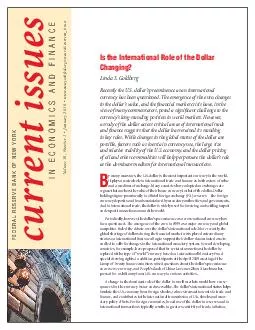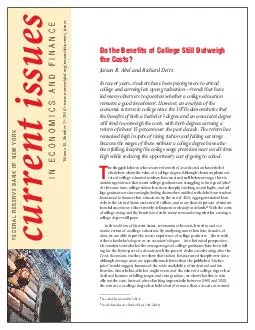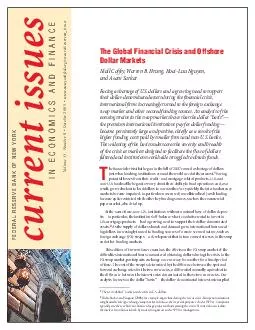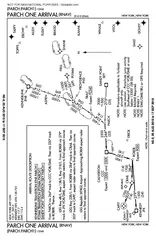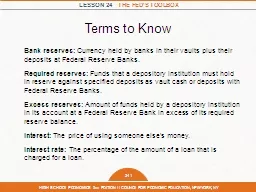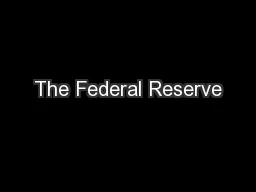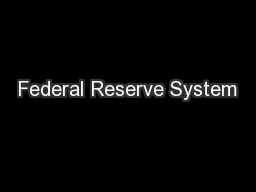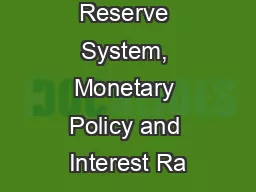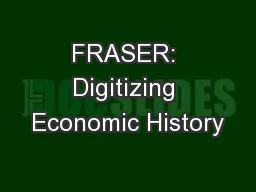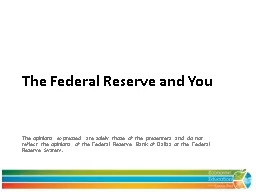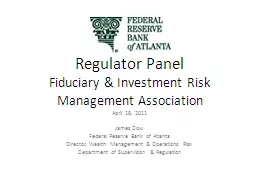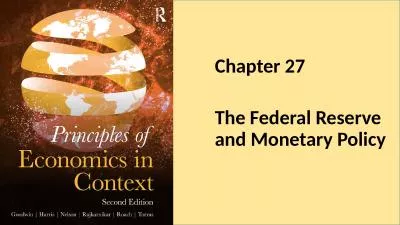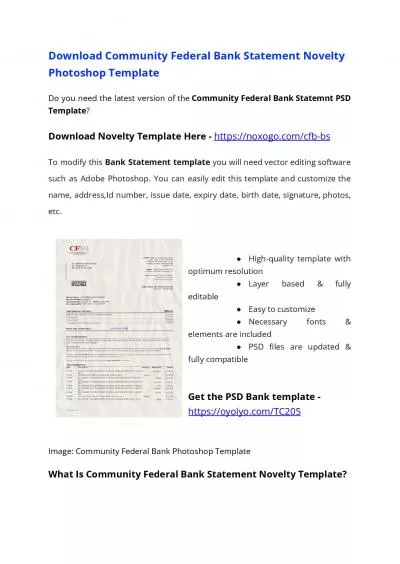PDF-current issues FEDERAL RESERVE BANK OF NEW YORK IN ECONOMICS AND FINANCE Volume Number
Author : olivia-moreira | Published Date : 2014-12-02
newyorkfedorgresearchcurrentissues Is the International Role of the Dollar Changing Linda S Goldberg Recently the US dollars preeminence as an international currency
Presentation Embed Code
Download Presentation
Download Presentation The PPT/PDF document "current issues FEDERAL RESERVE BANK OF N..." is the property of its rightful owner. Permission is granted to download and print the materials on this website for personal, non-commercial use only, and to display it on your personal computer provided you do not modify the materials and that you retain all copyright notices contained in the materials. By downloading content from our website, you accept the terms of this agreement.
current issues FEDERAL RESERVE BANK OF NEW YORK IN ECONOMICS AND FINANCE Volume Number: Transcript
Download Rules Of Document
"current issues FEDERAL RESERVE BANK OF NEW YORK IN ECONOMICS AND FINANCE Volume Number"The content belongs to its owner. You may download and print it for personal use, without modification, and keep all copyright notices. By downloading, you agree to these terms.
Related Documents

